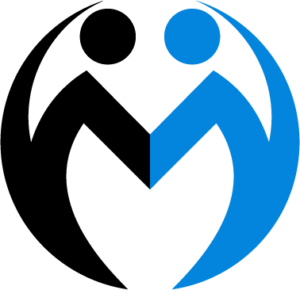Physiotherapy in Langley
With near 10 years of experience, our physiotherapists are ready to help assist your needs. We offer many different modalities to help you recover. These include manual manipulation, shockwave therapy, ultrasound therapy, and laser therapy.
Each session we will focus on meeting your needs. With use of the stated treatments, we will help increase Range of Motion, Decrease Pain, decrease muscle/joint tightness, and help improve the rate of healing in your body.
Each session we will focus on meeting your needs. With use of the stated treatments, we will help increase Range of Motion, Decrease Pain, decrease muscle/joint tightness, and help improve the rate of healing in your body.
Ultrasound Therapy
Ultrasound therapy is a treatment used by physical therapiststo relieve pain and to promote tissue healing. It may help reduce your pain if you have any of the following:
- Osteoarthritis
- Myofascial pain syndrome
- Bursitis
- Carpal tunnel syndrome
- Pain caused by scar tissue
- Phantom limb pain
- Sprains and strains
Shock Wave Therapy
Shockwave therapy is a multidisciplinary device used in orthopaedics, physiotherapy, sports medicine, urology and veterinary medicine. Its main assets are fast pain relief and mobility restoration. Together with being a non-surgical therapy with no need for painkillers makes it an ideal therapy to speed up recovery and cure various indications causing acute or chronic pain.
Dry Needling
Dry needling, also known as trigger point dry needling and intramuscular stimulation, is a pseudoscientific technique used by various healthcare practitioners, including physical therapists, physicians, and chiropractors, among others. Dry needling is mainly used to treat myofascial trigger points, but it is also used to target connective tissue, neural ailments, and muscular ailments to help relax and heal these structures.
Decompression Therapy
Spinal Decompression is a type of motorized traction that may help relieve back pain. Spinal decompression works by gently stretching the spine. That changes the force and position of the spine. This change takes pressure off the spinal disks, which are gel-like cushions between the bones in your spine, by creating negative pressure in the disc. As a result, bulging or herniated disks may retract, taking pressure off nerves and other structures in your spine. This in turn, helps promote movement of water, oxygen, and nutrient-rich fluids into the disks so they can heal.
Doctors have used nonsurgical spinal decompression in an attempt to treat:
- Back or neck pain or sciatica, which is pain, weakness, or tingling that extends down the leg
- Bulging or herniated disks or degenerative disk disease
- Worn spinal joints (called posterior facet syndrome)
- Injured or diseased spinal nerve roots
Cupping & Blading
Cupping uses suction and negative pressure to loosen muscles, encourage blood flow, and sedate the nervous system (which makes it an excellent treatment for high blood pressure). Cupping is used to relieve back and neck pains, stiff muscles, anxiety, fatigue, migraines, rheumatism, and even cellulite. It is effective in treating deep tissue scarring, muscular knots and dispelling tension.Blading is a technique has been used to help thousands of people and athletes recover from strained and pulled muscles, ligaments and tendons. Patients with chronic pain and inflammation have also benefited. A soft edged blade is scraped across the affected area to help open tight muscles and improve your motion while reducing pain.
Kinesiotaping
We also use Kinesiotaping which is a therapeutic taping method that utilizes a latex-free elastic tape. Unlike athletic tape, which is stiff and is used to stabilize muscles or joints, kinesiology tape is stretchy—to serve as a gentle reminder to your body to hold your shoulder in a certain way or to keep a kneecap in line while biking or running.The main functions of kinesiology tape:
- To Correct Muscles. Kinesiology tape supports muscles during movement, and research has shown that it can provide a bit more stamina than the muscle alone. This is commonly seen in the knee, Back muscles, and shoulderblades.
- To improve circulation. Studies show that kinesiotape increases the flow of both blood and lymph, which can help in the treatment of lymphedema, mastectomy recovery, and swelling, to name a few.
- To improve joint movement.Kinesiotape can be used to keep a joint, such as the knee cap, gliding and tracking smoothly while in use.
- To help relieve pain.Kinesiotaping has an analgesic effect, The comforting stretch of the myofascial region gives a sensation of a constant caring touch.
